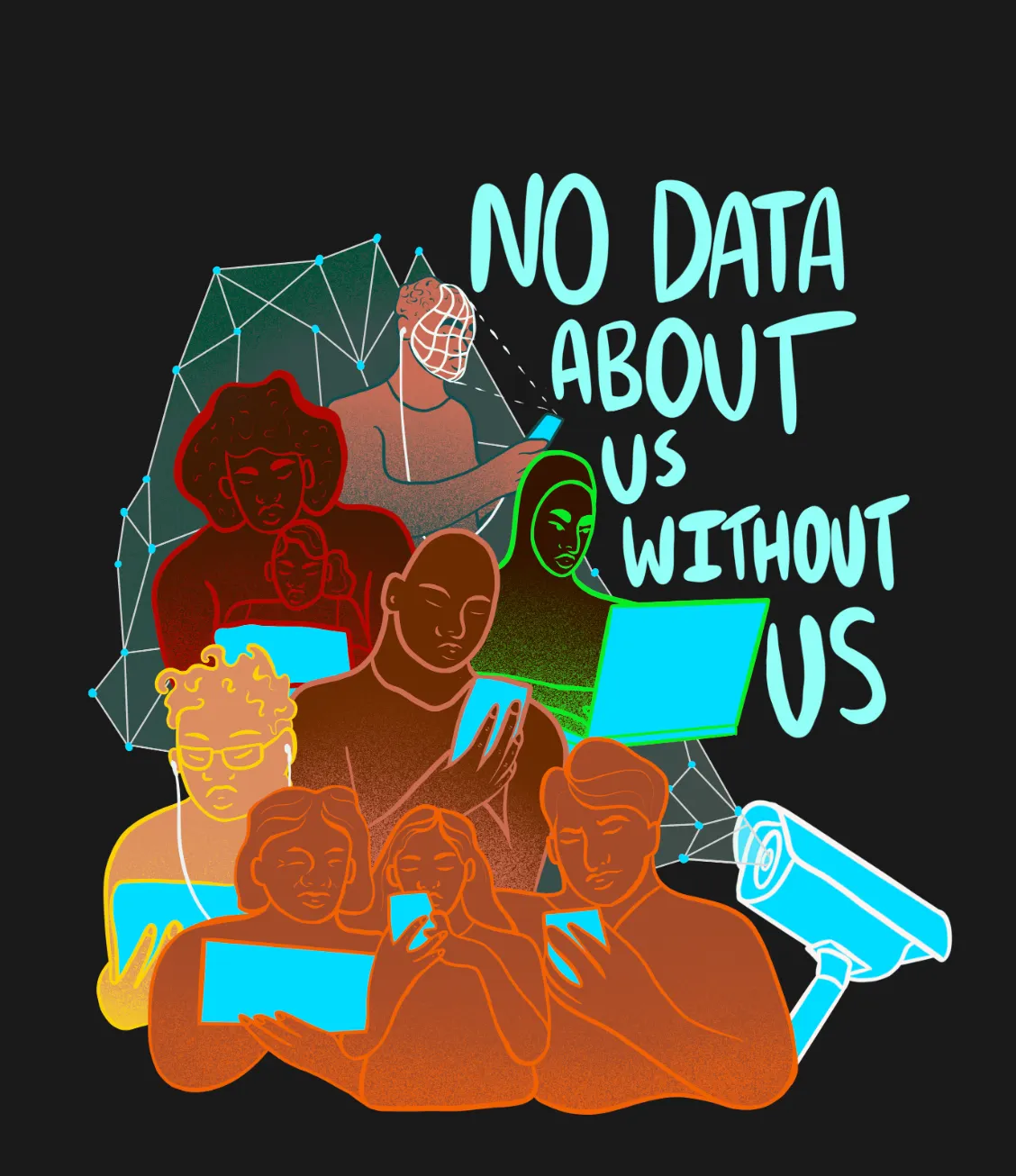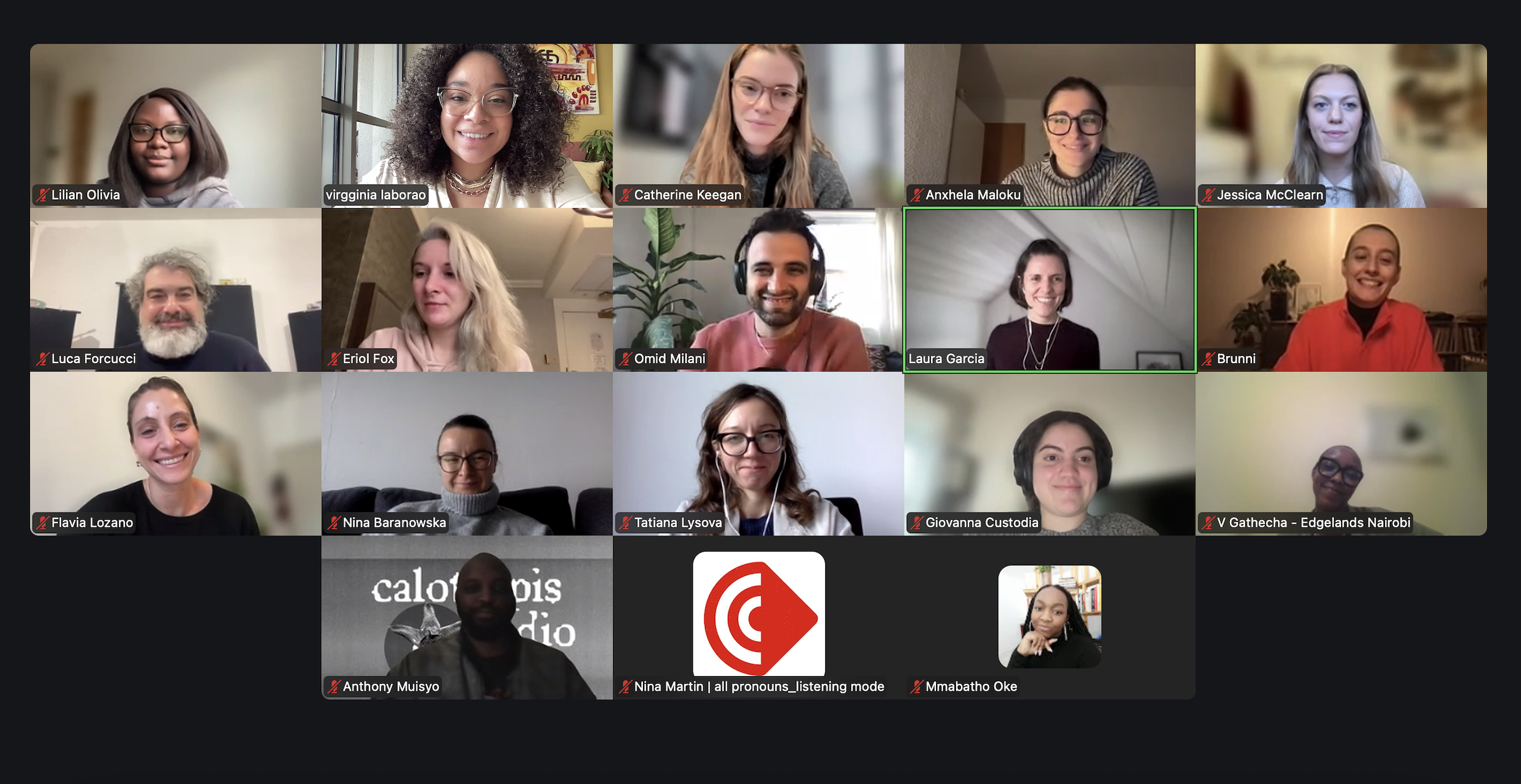Advancing a new urban social contract for all – Rethinking who “we” are
What lessons can we learn from COVID-19 to be inclusive in our design of a new urban social contract? Who are the voices we are leaving out that need to be heard?
.jpg)
Photo by Joshua Tsu on UNSPLASH
Diseases do not discriminate, but the irony of the “equal opportunity” COVID-19 virus is that the burden of pandemic is unequally borne by marginalized and vulnerable communities. In my home country Singapore, despite being hailed as model of early success in managing the pandemic, the undercurrents of inequality were exposed among migrant communities. As of October 2020, 95% of Singapore’s COVID-19 cases were in migrant worker dormitories. Male foreign workers in Singapore are typically employed in the physically demanding construction industry and housed in dormitories relegated to the margins of the island. The dormitories’ living standards are reportedly subpar and came under media scrutiny as clusters of COVID-19 emerged in cramped living conditions that made social distancing challenging.
The tyranny of the disenfranchised minority
Migrant workers are disenfranchised members of the Singaporean social fabric. The 1.4 million migrant workers in Singapore comprise 24.3% of Singapore’s population and 37% of its workforce. Viewed by the state as transient employees who must be repatriated as soon as their contracts are terminated, migrant workers lack avenues of direct political representations.
This demarcation between foreign and citizen is reinforced in the differential nature of how technology is used by the state in their monitoring and control of the pandemic. The Ministry of Health sends a daily COVID case count notification that classified cases by community cases vs work permit holders living in dormitories. As Kaur-Gill (2020) highlights, the separation of migrant worker infections from the general population reinforced the duality of migrant workers as the “other”, and framed the outbreak from the worker dormitories as a separate pandemic that needs to be contained in the margins.
In Singapore, the government places a strong emphasis on active public health surveillance as a preemptive measure to monitor the spread of the virus. Bluetooth technologies for contact tracing such as the TraceTogether application are widely deployed and has been effective in reducing the time taken by Singaporean officials to contact trace by half. While using the TraceTogether is voluntary, there is a relatively high rate of adoption as of January 2021 where close to 80% of Singaporean residents have signed up.
However, the issue of surveillance equity among migrant workers is of concern. Migrant workers do not have the option to consent voluntary to surveillance as it is made compulsory for migrant workers to participate in the TraceTogether program. As Jane Loo et al (2021) note, migrant workers bear the burden of being subjected to additional invasive surveillance technologies that citizens are not mandated to. These technologies BluePass tokens – “purpose-built for the dormitory and work site environment", SGWorkpass and Foreign Workers Ministry of Manpower (FWMOM) Care – applications that serve a gatekeeping role allowing workers to resume work by collecting health declaration, dormitory address and GPS tracking. Workers need to be awarded the “green status” on SGWorkPass to be able to leave the dormitory for work based on the health declaration submitted through the application. For migrant workers whose upmost priority is to be able to earn their daily livelihood, these technologies are intricately tied to their economic freedom and mobility. As such, they are placed in a compromising position to forgo their data privacy.
Rethinking “us”
The Singapore example is but a microcosm of our increasingly globalized, urbanized, cosmopolitan present. As the UN Department of Economic and Social Affairs (UNDESA) notes in their 2017 expert group meeting on “Sustainable Cities, Human Mobility and International Migration”, one of every seven people in the world is a migrant, among whom over 60 percent of refugees and 35 percent of internally displaced reside in urban and suburban areas. Research by the OECD (October 2020) highlights that immigrants are at a much higher risk of COVID-19 infection than native-born populations due to their exposure to a range of vulnerabilities such as higher incidence of poverty, overcrowded housing conditions and higher concentration in frontline jobs in their host countries where physical distancing is difficult. Against this backdrop, we need to rethink, how can we broaden our perspective and bring into consideration the voices at the margins into our collective urban social contract? How can we uphold the rights and dignity of all within the same urban contract?
This vein of inquiry draws inspiration from Nussbaum, who in her seminal book on Frontiers of Justice (2006) expounded on the Rawlsian tradition of social contract to advocate for cosmopolitan awareness. She critiques the rational limits of the social contract tradition - “Namely, it does not require extensive benevolence. It derives political principles from the idea of mutual advantage, without assuming that human beings have deep and motivationally powerful ties to others.” Rather, she argues that an adequate theory of justice does not come simply out of bargaining, we need to also fulfil our fundamental duty to uphold the human dignity and rights of each other. She writes, “As citizens we participate in the making of policies that affect migrants’ lives, welcoming them or turning them away. We are fellow citizens, bound by a common set of moral concerns.”
This is a powerful invitation that I invite our readers to join. What would it look like to reimagine our social contract in a way that upholds the dignity and right of each other?



